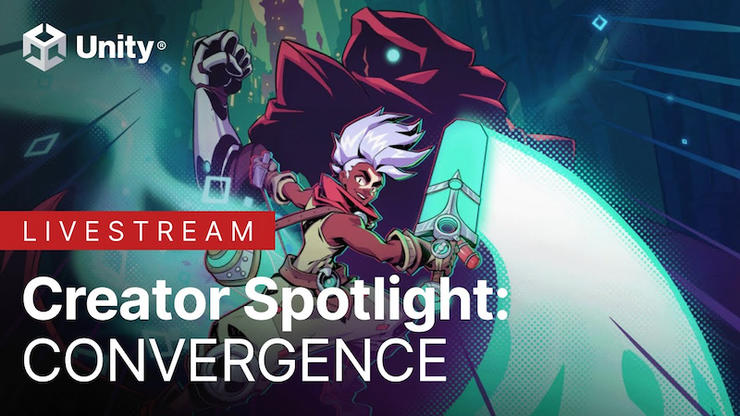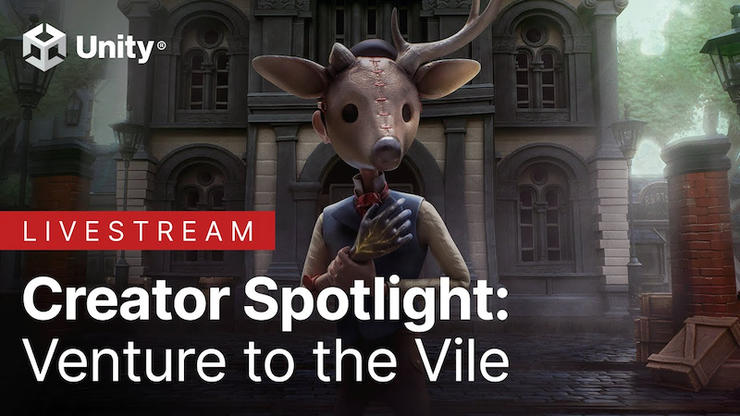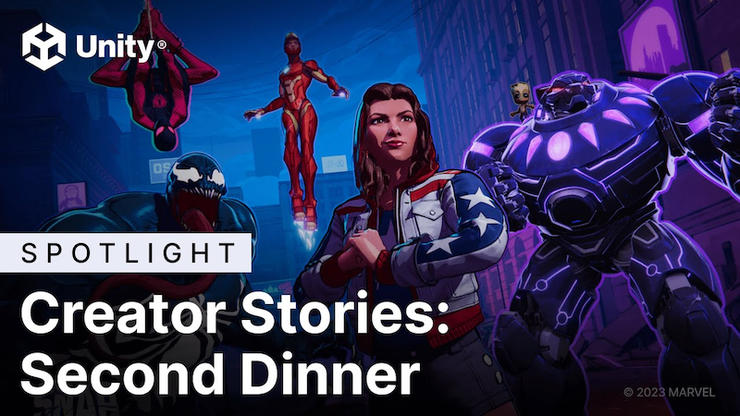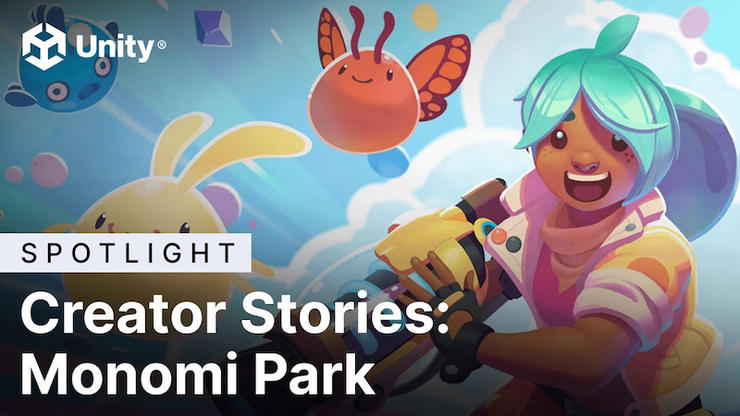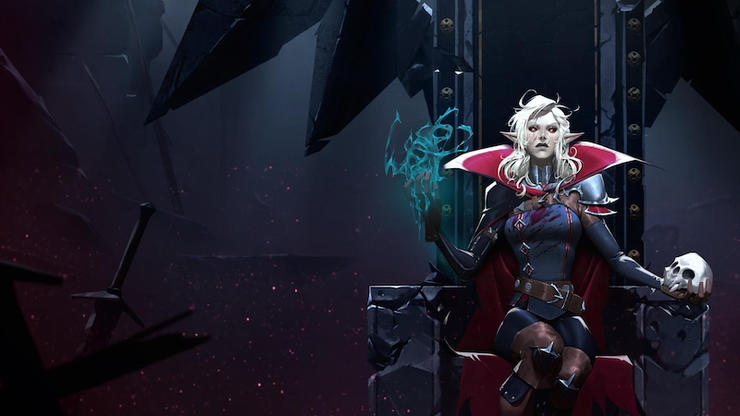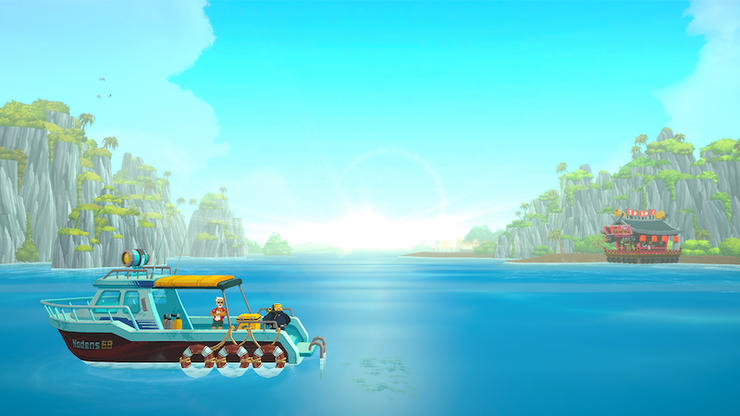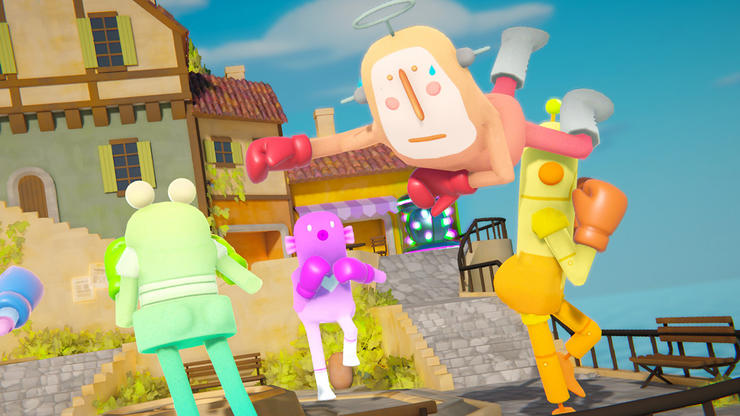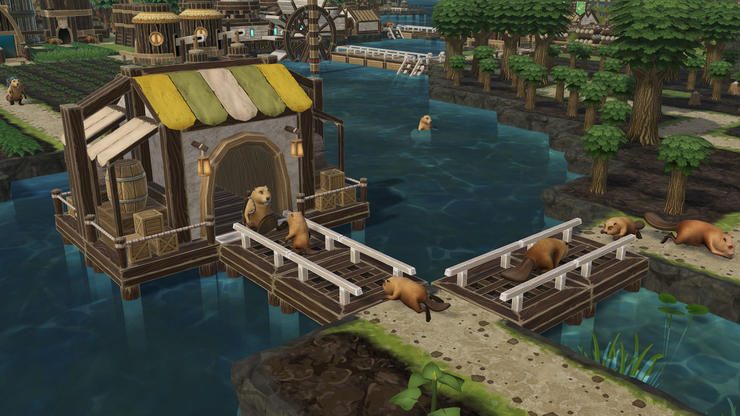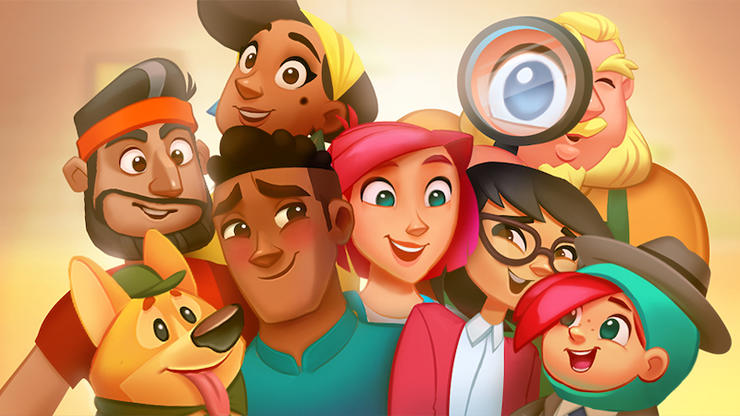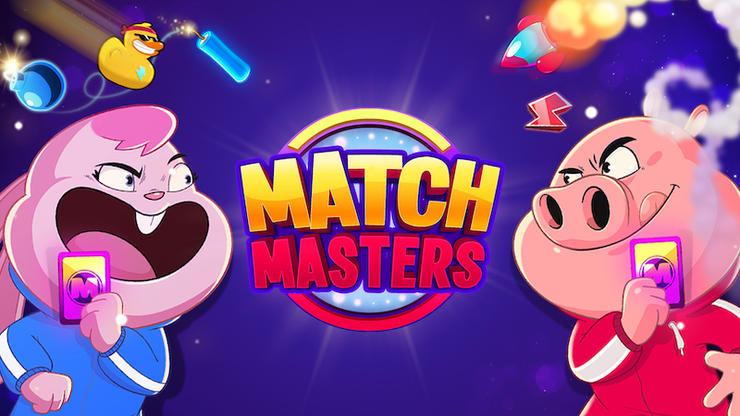The 15th Unity Awards
The results are in! The Unity Awards celebrate creative and technical excellence from creators across games, the Asset Store, content producers, social impact, industry, student projects, and film. Check out this year’s nominees and winners.
Creator Spotlight
Our Twitch streams showcase innovative and inspiring games made with Unity, taking you behind the scenes with the teams and tech that bring them to life.
Submit your project
We’re always looking for exciting new games to highlight on Twitch Streams, in case studies, through our social channels, at events, and anywhere else people are talking about game development. Fill out this form to submit your project to the Made With Unity program for consideration.


